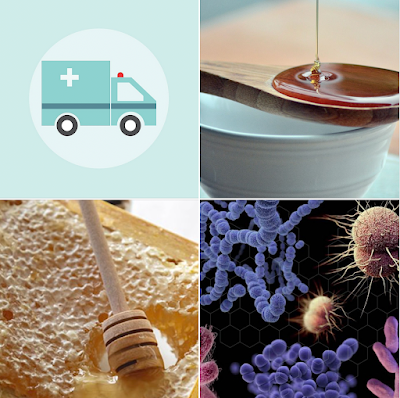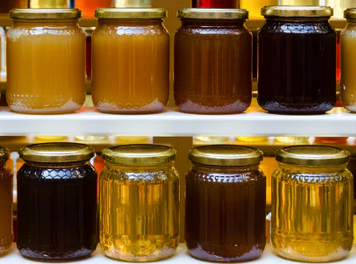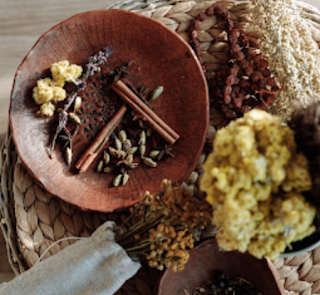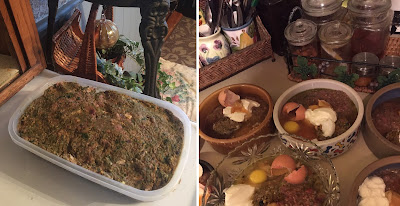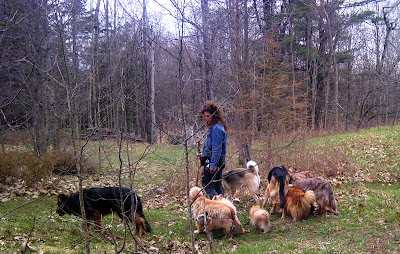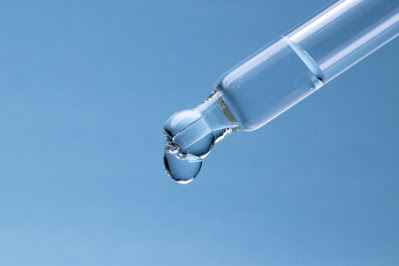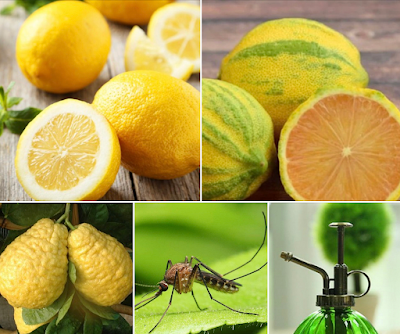Healing with Honey, Do This for your Dog and Cat's Scrapes and Wounds
★ 4 min read
In this article:
- How Honey Works to Heal Cuts, Scrapes and Wounds
- How to Use Honey to Heal Your Dog and Cat's Wounds
- How to Select Honey for Healing Wounds
- Wounds and Conditions That Benefit From Topical Application of Honey
- Cautions
- How to Achieve Optimal Healing Naturally
1.0 How Honey Works to Heal Cuts, Scrapes and Wounds
Raw honey has been used to heal wounds for thousands of years. In 2000 B.C., ancient Egyptians were the first civilization to document use of raw honey for wound healing
When your dog or cat experiences a cut, scrape or wound, raw honey applied to the affected area helps:
- Keep the wound clean.
- Prevent and treat infection.
- Reduce pain.
- Reduce inflammation and swelling.
- Prevent wound dressings from sticking to wounds.
- Speeds healing.
- Heals stubborn wounds.
Raw honey has potent antiseptic, antibacterial, anti-fungal, anti-microbial, anti-parasitic, and antiseptic properties. Research has proven raw honey to be protective against at least 60 species of bacteria.
For example, to survive and thrive in your dog and cat's wounds, bacteria require:
- Low pH environment
- Nitrogen
- Water
Raw honey makes cuts, scratches and wounds an inhospitable place for bacteria.
Raw honey has a high acidity level. This deprives bacteria of nitrogen, which in-turn prevents bacteria from reproducing.Honey acts as an astringent, leaving bacteria with insufficient water to survive.
Natural hydrogen peroxide kills bad bacteria, and speeds healing of your dog or cat's wounds.
Natural raw honey contains glucose oxidase.
A small amount of natural hydrogen peroxide is formed when an enzyme in honey, glucose oxidase comes into contact with small amounts of body-fluid on the surface of wounds. Natural hydrogen peroxide is slowly released and:
- Acts as an effective, gentle antiseptic to dry out and tighten-up the skin.
- Kills bad bacteria.
- Does not cause inflammation or irritation of the skin.
Bad bacteria cannot survive exposure to natural hydrogen peroxide. Additionally, natural hydrogen peroxide helps speed healing.
- Have many adverse side effects.
- Cause pathogenic microbes (e.g., bacteria, fungus) to become resistant to conventional treatments.
- Skin stays hydrated, supple and free of bacteria.
- Antioxidants, vitamins, and minerals in honey support growth of new tissue.
- Wound dressings don't stick to wounds and skin.
2.0 How To Use Honey To Heal your Dog and Cat's Wounds
- Gently apple a thin layer of raw honey to the clean wound site.
- Gently apply a generous amount of raw honey to the wound site.
- Make sure the honey flows into all reassesses of the wound.
- If possible cover the wound with a breathable dressing.
- For example, cover the effected are with cotton gauze and self-adhering medical wrap.
- Change the dressing at least one time a day.
- Apply more honey and cover (if possible), affected area with fresh cotton gauze, or gauze and self-adhering medical wrap.
- If you're not able to cover your dog or cat's wound with a dressing:
- You'll need to prevent your companion animal from licking the wound for a minimum of 20 minutes.
- Apply the honey to the wound two to three times per day.
- The healing process can take weeks, to many months.
- Continue to follow the steps above until the area of concern is healed.
3.0 How to Select Honey for Treating Wounds
- Organic honey, or;
- Wild honey harvested from pristine environments.
- The darker the honey the greater its health benefits.
- Medicinal grade Manuka honey, or;
- Kanuka honey.
4.0 Wounds and Conditions That Benefit From Topical Application of Honey
- Cataracts
- Cysts
- Conjunctivitis
- Eye Infections
- Styes
- Go to this article
- Abscesses
- Inflamed, infected gums
- Infected teeth
- Oral ulcers
- Mucositits
- Go to this article
- Abscesses
- Burns
- Bacterial infections
- Cuts
- Hotspots
- Infected wounds
- Insect bites and stings
- Irritated, inflamed skin
- Fungal infections
- Ringworm
- Scrapes
- Skin grafts
- Sunburn
- Surgical incisions and wounds
- Tick bites
- Trauma wounds
- Warts
- Don't apply crystallized honey to cuts, scrapes and wounds.
- The microscopic crystals are sharp and can irritate the skin
- Ingesting (licking) honey can interfere with blood sugar levels.
- If your dog or cat is hypersensitive to honey, don't use honey as a topical treatment.
- Raw honey can contain a small number of botulism spores.
- The spores are not an issue for adult dogs and cats.
- However for puppies and kittens less than 6 months of age, the immune system may be vulnerable to infection. Make sure your puppy or kitten does not ingest the honey.
- To avoid this issue, consider using Medihoney instead. Medihoney can be purchased from a pharmacy.
- Once your companion animal reaches 6 months of age, you can use the raw honey.
6.0 How to Achieve The Best Healing Outcome Naturally
Raw unpasteurized, pure honey is an amazing, natural healing substance. But it's important to make sure your dog and cat's overall healing process is properly supported.
To ensure the best healing outcome a natural healing plan should be comprised of comprehensive dietary, supplemental and topical support.- Example of a raw or gently cooked and fresh food diet recipe:
- Go to this article.
- Bone broth recipe:
- Go to this article.
- Go to this article.
Foods that help naturally repel insects and parasites
- Go to this article.
- Go to this article.
- Go to this article.
- Go to this article.
